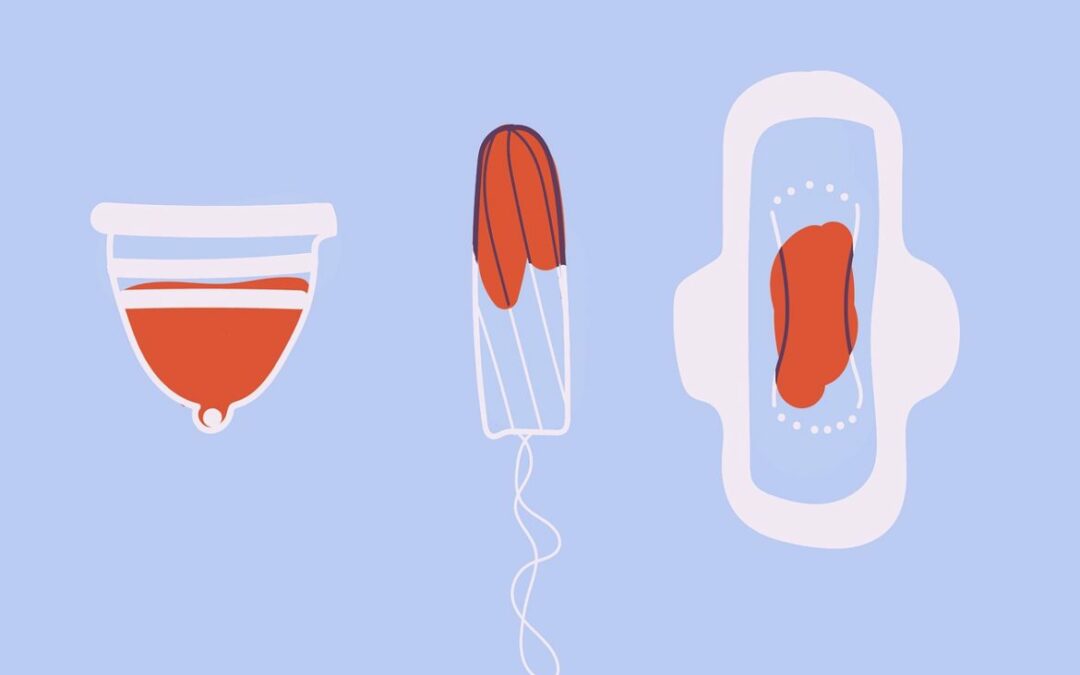From the time we are children, we begin to ask ourselves: what do we want to be when we grow up? Many options go through our heads, regardless of the culture, traditions or group in which we have been raised. Teachers, doctors, writers, housewives, engineers; the possibilities are multiple and so are the challenges to achieve them.
Leaving aside the delicate issue of opportunities in relation to gender, one physiological aspect calls attention: the period. From pre-adolescents we go through this stage, for some a little traumatizing, for others not, but certainly natural. We hear myths, experiences and survival tips from those who have been living for years with this bloody partner, no cycle or body is the same as another, so everyone’s experience is unique.
A study carried out by researchers from the University of Sevilla determined that menstrual pain affects the development of daily tasks, due to the generation of discomfort in the lower back, nausea, vomiting, stomach pain, fatigue and dizziness, among other symptoms.
Women with access to information and support can be whatever they want to be. There is no discussion about that, but we cannot deny that from time to time we go through days in which the intense discomfort caused by period pain hinders what we imagined when we were girls.
Red numbers
In an article entitled “Menstruation and Human Rights”, the United Nations mentions that the stigma that remains in certain cultures or groups can keep women and girls from having access to treatment for pain or disorders related to menstruation. This can even affect their overall health.
Between 50 and 90% of women have suffered menstrual pain in their lives. In India, 84% of women do not have access to sanitary towels. In the Netherlands, a study indicates that approximately 14% of women have been absent from work or school during their menstruation. 3.5% stated that this happened during all or almost all of her menstrual cycles.
Thanks to the multiple statistics available on menstruation, several countries have implemented measures that seek labor and educational equity. In 1947, Japan was the first country to implement in its legislation measures that establish that companies cannot force a worker to work if she is suffering from menstrual cramps and must offer them a special permit without pay. Countries like Taiwan, Zambia and Indonesia have implemented licenses in case of discomfort related to menstruation.
White, blue and red
In Costa Rica, a student or working woman with menstrual pain that keeps her off from completing her tasks, has only the disability offered by the social security. However, this measure applies only in cases where there is a serious condition related to the reproductive system and does not apply to common pain.
On the other hand, the lack of economic resources to obtain menstrual hygiene products causes in our country that both girls and adolescents lose around 48 school days annually.
This year a draft law was presented in Costa Rica called “Law on menstrual leave for working menstruating women and people and day off for students with menstrual pain” (file 23.706).This project, which has not yet been discussed in the Legislative Assembly, establishes the right to one day of menstrual leave with pay, or one day off for students who require it, as a consequence of suffering from dysmenorrhea or menstrual pain.
If approved, this law would promote actions in favor of equity and human rights, would promote safer, more comfortable and empathetic work and study spaces, and it is even possible that accident rate statistics would decrease. Thus, working women and students could increase their productivity during pain-free days and increase the satisfaction with which they carry out their tasks.
I wonder if we, Costa Rican women, can be what we want, with and despite the period. Is it possible to overcome old cultural stigmas and improve our living conditions? Is it possible to change the rules of the period? The answer is in our deputies’ hands.

